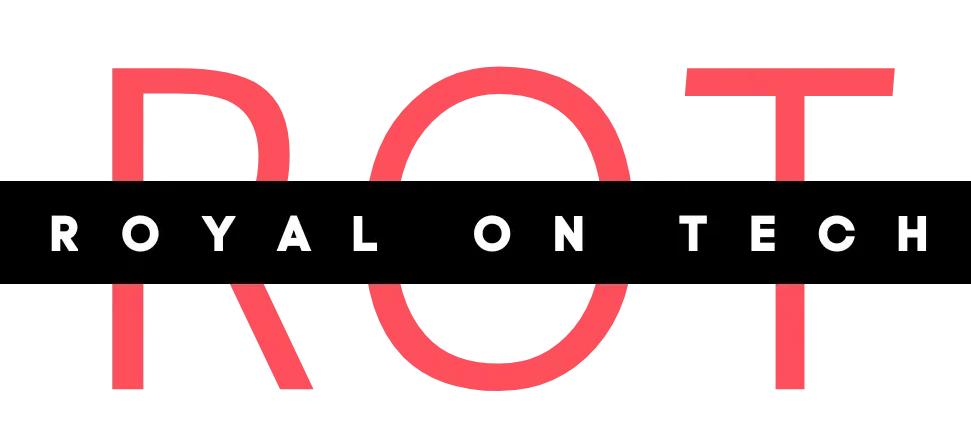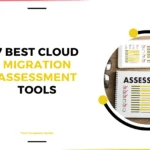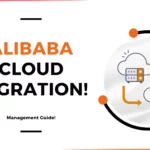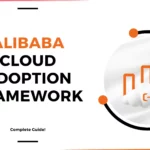For More Info!
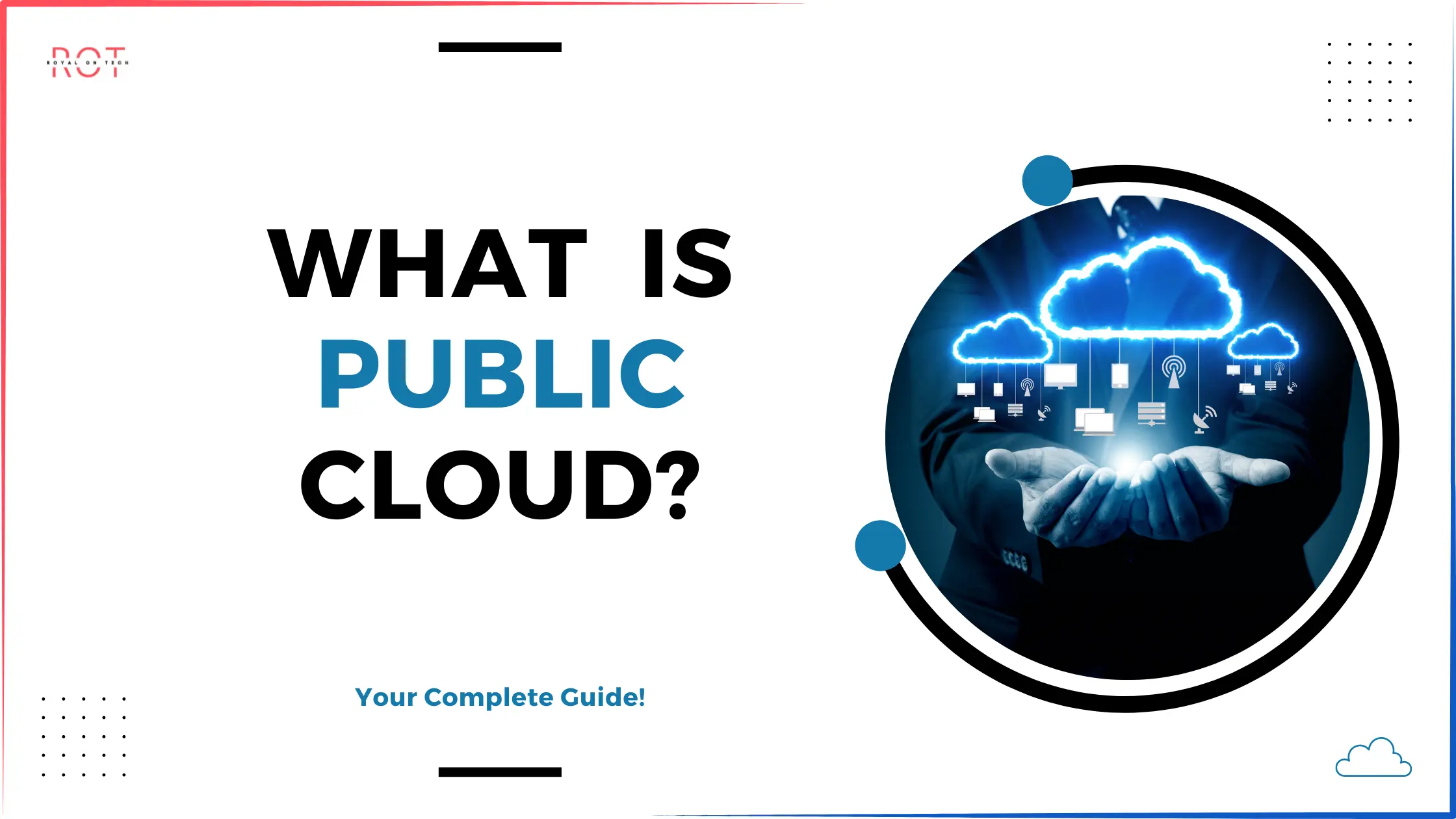
Understanding Public Cloud Computing
Public cloud computing is where third-party vendors provide computing resources over the internet.
These resources are shared among organizations and individuals who subscribe or pay for them.
Some services are free, while others operate on subscription or pay-per-usage models.
Features and Benefits
Public cloud services offer a range of tools like artificial intelligence, developer tools, storage, and computing power for various workloads.
This allows businesses to use advanced technologies and expand globally without managing infrastructure costs or complexities.
Comparison with Private Clouds
Unlike private clouds, which are dedicated to one organization and managed on-premises or by a third-party vendor, public clouds use shared infrastructure.
They are ideal for organizations looking beyond traditional IT setups, offering scalability and on-demand provisioning for varying workloads and user needs.
Operational Efficiency
Public cloud providers handle infrastructure maintenance and management, reducing IT operational costs.
This lets IT teams focus on strategic initiatives rather than daily infrastructure tasks.
Analogous to Renting vs. Owning
- Public Cloud: Renting an apartment
- Pay rent for the space used.
- Building manager handles maintenance.
- Shared facilities, with security over personal belongings.
- Private Cloud: Owning a house
- Own the property, responsible for maintenance.
- More control but requires upfront investment like on-premises IT.
Scalability and Flexibility
Cloud resources can scale based on demand. Public clouds allow easy scaling of compute and storage resources, supporting fluctuating workloads without needing additional hardware upfront.
Final Thoughts
Public cloud computing offers organizations scalability, cost-efficiency, and global accessibility. By leveraging shared infrastructure managed by providers, businesses can optimize operational efficiency and focus on strategic growth initiatives.
For further insights into public cloud services and their applications in your organization, feel free to contact us and explore more about cloud computing solutions tailored to your needs.
FAQs
What is meant by public cloud?
Public cloud refers to a computing model where third-party providers deliver services such as storage, compute power, and applications over the internet. These services are accessible to multiple organizations and individuals who pay for what they use.
What is private cloud vs public cloud?
Private cloud involves dedicated infrastructure either managed on-premises by an organization or off-site by a third-party vendor. It is exclusive to a single organization. In contrast, public cloud uses shared infrastructure managed by a cloud provider and is accessible over the internet to multiple customers.
Why is AWS called public cloud?
AWS (Amazon Web Services) is termed a public cloud because it provides on-demand computing resources over the internet. It operates on a shared infrastructure model, allowing multiple organizations and individuals to use its services.
Is Apple a public cloud?
No, Apple is not typically considered a public cloud provider. While Apple offers cloud services like iCloud for storage and synchronization across devices, it primarily caters to personal consumer needs rather than providing scalable, on-demand computing resources to businesses.
What is public cloud AWS?
Public cloud AWS refers to Amazon Web Services’ public cloud offerings, which include a wide range of services such as computing power, storage options, networking capabilities, and developer tools. These services are delivered over the internet and can be scaled based on demand.
What is hybrid cloud?
Hybrid cloud is a computing environment that combines public cloud services with private cloud infrastructure. This approach allows organizations to leverage the scalability and cost-effectiveness of public clouds while maintaining sensitive data and applications on-premises or in a private cloud.
What is a public cloud example?
Examples of public clouds include AWS (Amazon Web Services), Microsoft Azure, Google Cloud Platform (GCP), and IBM Cloud. These platforms offer a wide array of services that organizations can access over the internet on a pay-as-you-go basis.
What is private cloud?
Private cloud refers to a computing model where dedicated infrastructure is used exclusively by a single organization. It can be hosted on-premises or managed by a third-party vendor off-site, offering greater control and customization over resources and security.
What is public cloud computing?
Public cloud computing involves the delivery of on-demand computing services—including storage, databases, networking, and software—over the internet. These services are provided and managed by third-party vendors, enabling organizations to scale resources as needed.
What is public cloud vs private cloud?
Public cloud uses shared infrastructure managed by a cloud provider and is accessible over the internet to multiple customers. In contrast, private cloud involves dedicated infrastructure exclusive to a single organization, offering greater control and customization but requiring more management.
Advantages of public cloud?
Public cloud offers advantages such as scalability, cost-efficiency (pay-as-you-go model), global availability, ease of deployment, and reduced IT operational burden due to managed services provided by cloud providers.
Public cloud providers?
Some prominent public cloud providers include AWS (Amazon Web Services), Microsoft Azure, Google Cloud Platform (GCP), IBM Cloud, Oracle Cloud, and Alibaba Cloud. These providers offer a variety of cloud services tailored to different business needs.
